Outdoor furniture testing and quality control: Extensive guide for production
As with any manufactured product, quality control is a crucial aspect of furniture production. In order to ensure that customers receive high-quality, durable products, it is important to implement thorough outdoor furniture testing and quality control in the production process. Let’s with Eco Tech explore some major testing regulations for furniture now!
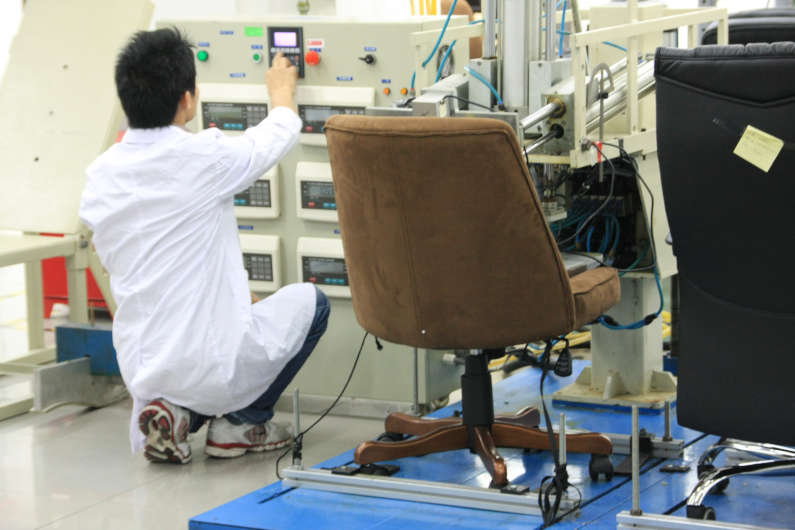
Durability testing
One key element of product testing in outdoor furniture production is testing for durability and resistance to environmental factors. Outdoor furniture is subject to a wide range of weather conditions, including heat, cold, rain, and sun exposure, which can cause materials to warp, crack, or fade over time.
In order to ensure that products can withstand these environmental factors, manufacturers should conduct testing using methods such as exposure to extreme temperatures and UV radiation.
Safety testing for outdoor furniture
Another significant aspect of outdoor furniture testing is safety testing. Furniture should be designed with safety in mind, particularly when it comes to products such as chairs and tables that are intended to support the weight of people or objects. Safety testing may involve evaluating the weight capacity of products, testing for stability, and checking for any sharp edges or other potential hazards.
Material testing
In addition to safety outdoor furniture testing, quality control measures should be in place throughout the production process to catch any defects or issues before they reach customers. This may involve regular inspections of materials and components, as well as testing of finished products before they are shipped out.
Chemical testing
Chemical testing ensures that outdoor furniture does not contain harmful chemicals or materials that could pose a risk to human health or the environment. This includes outdoor furniture testing for lead, cadmium, and other hazardous substances. Chemical testing also ensures that the furniture is compliant with regulations, such as California Proposition 65, which requires manufacturers to disclose the presence of certain chemicals in their products.

How to enhance quality for outdoor furniture testing?
Implementing these outdoor furniture testing and quality control measures requires a significant investment of time and resources, but the benefits are clear. By ensuring that products are durable, safe, and free from defects, manufacturers can build a strong reputation for quality and reliability, leading to increased customer satisfaction and repeat business.
Here are some tips to consider:
- Develop a clear testing plan with specific criteria and standards to ensure consistency and accuracy.
- Use high-quality testing equipment that is calibrated regularly and meets industry standards.
- Conduct testing in a controlled environment that replicates outdoor conditions, such as temperature, humidity, and exposure to UV rays and moisture.
- Consider using accelerated weathering testing methods to simulate the effects of years of outdoor exposure in a shorter amount of time.
- Test a representative sample of the furniture to ensure that the results are applicable to the entire production batch.
- Incorporate customer feedback into the testing process to address any common issues or concerns.
- Ensure that the testing process is transparent and well-documented to ensure traceability and accountability.
- Regularly review and update the testing process and criteria to ensure that they are up-to-date with the latest industry standards and best practices.
In order to further enhance quality control measures, furniture manufacturers may seek certification from industry organizations or regulatory bodies. For example, some manufacturers may seek certification from the Forest Stewardship Council (FSC), which promotes sustainable forestry practices and responsible sourcing of wood products. Other certifications may focus on specific product attributes, such as resistance to weather or safety standards.
Conclusion
Overall, outdoor furniture testing and quality control are essential components of outdoor furniture production. By implementing thorough testing measures and quality control processes, manufacturers can ensure that their products are durable, safe, and of high quality, which in turn can lead to increased customer satisfaction and a strong reputation for excellence in the industry.

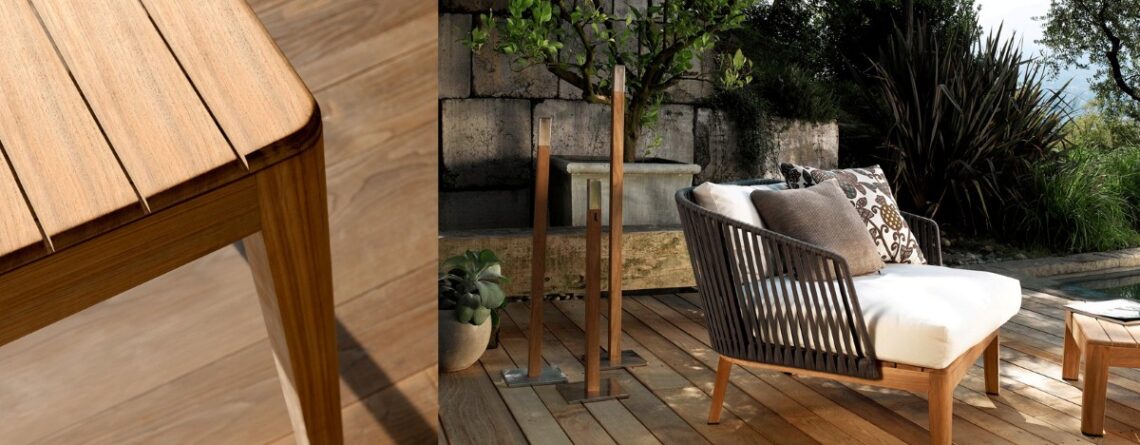

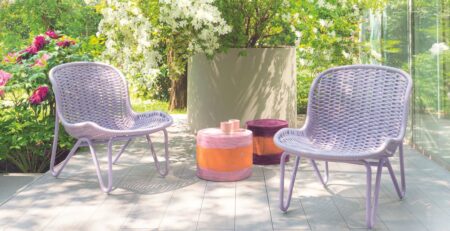
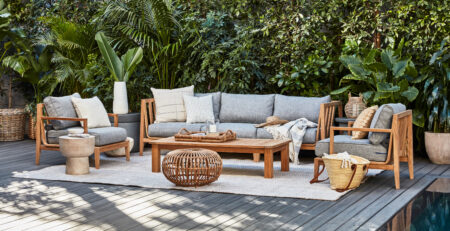



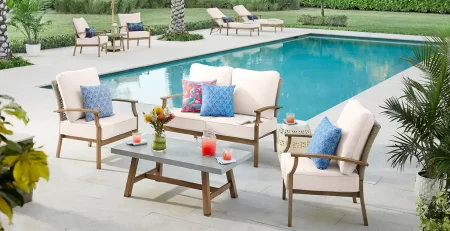
Leave a Reply